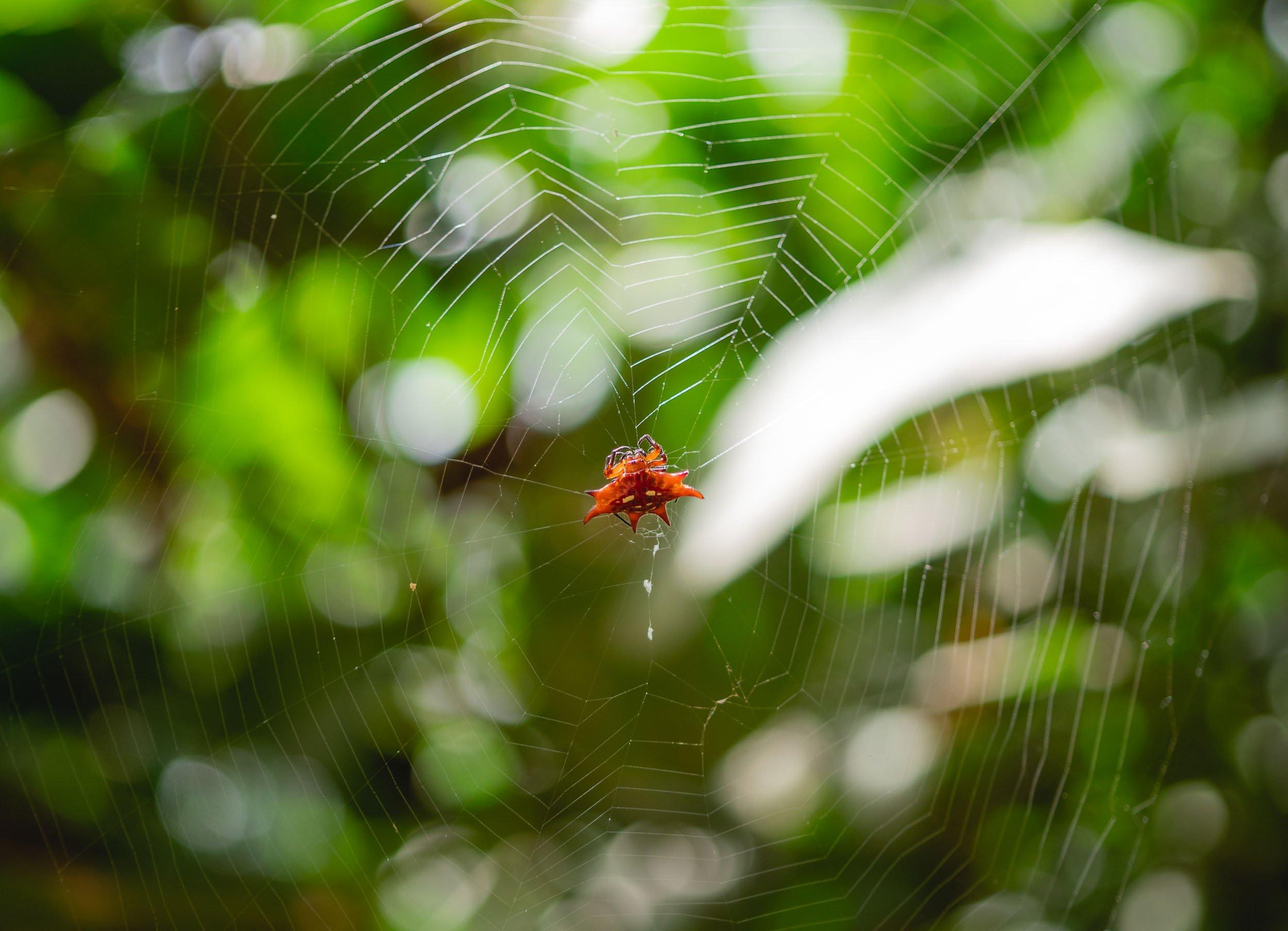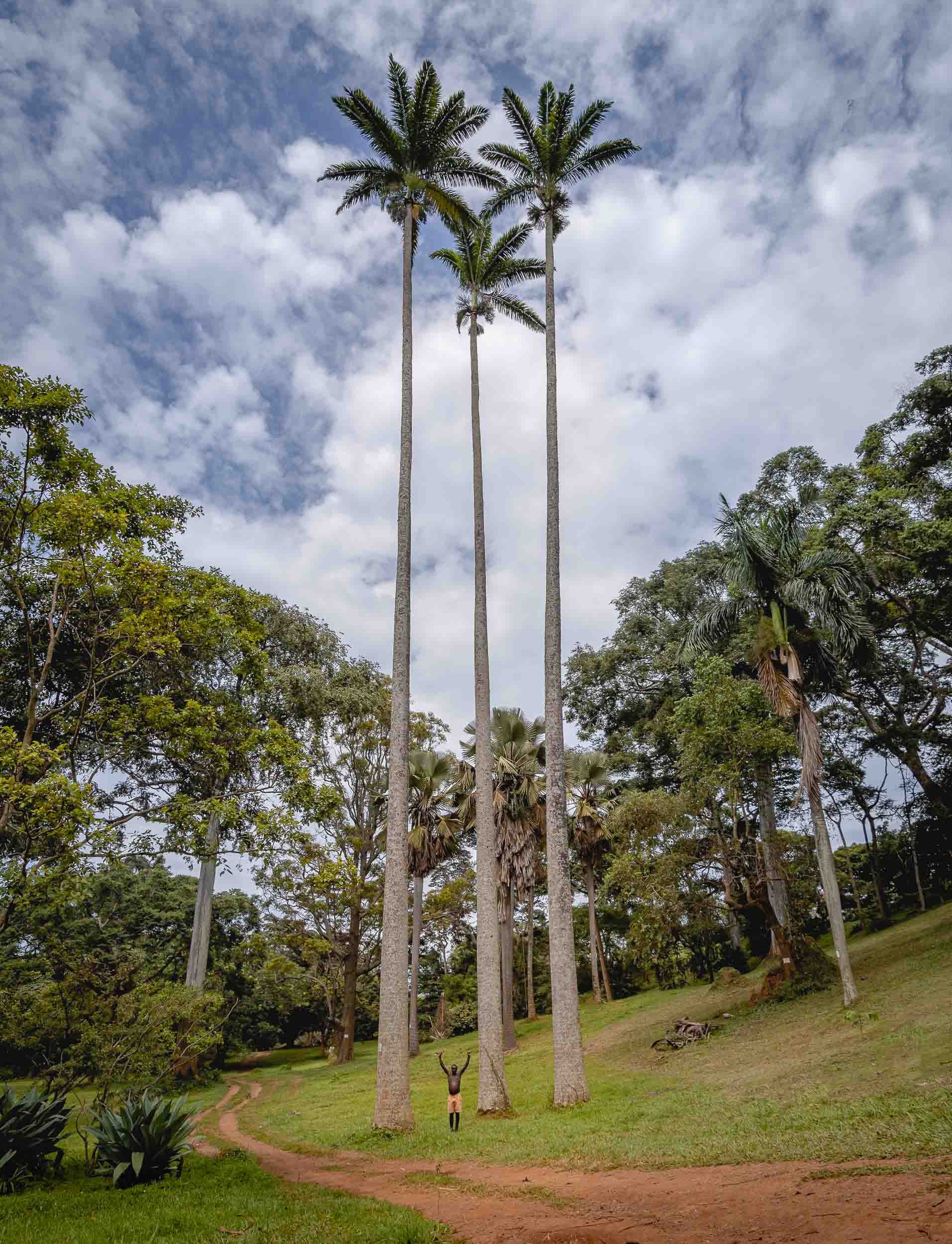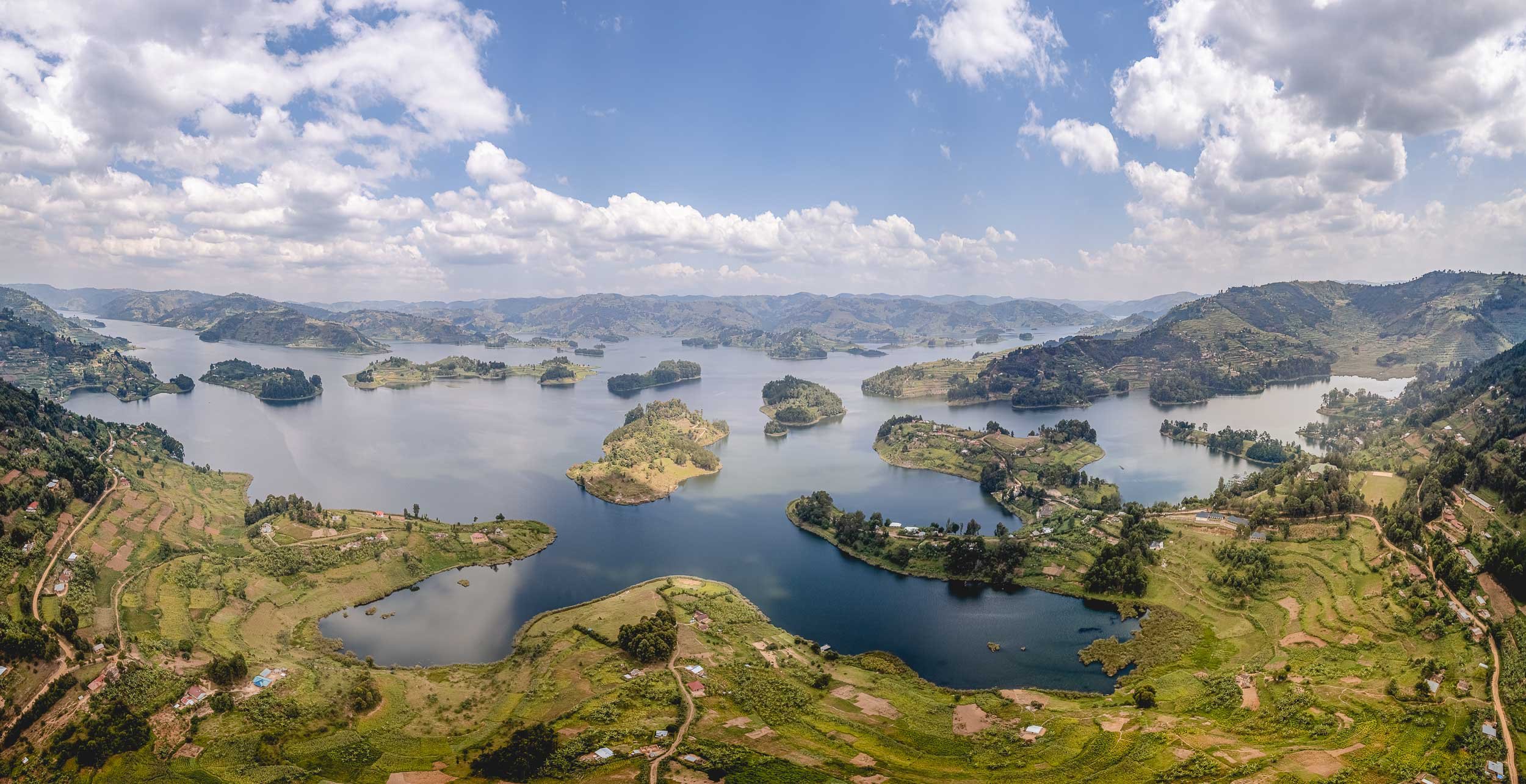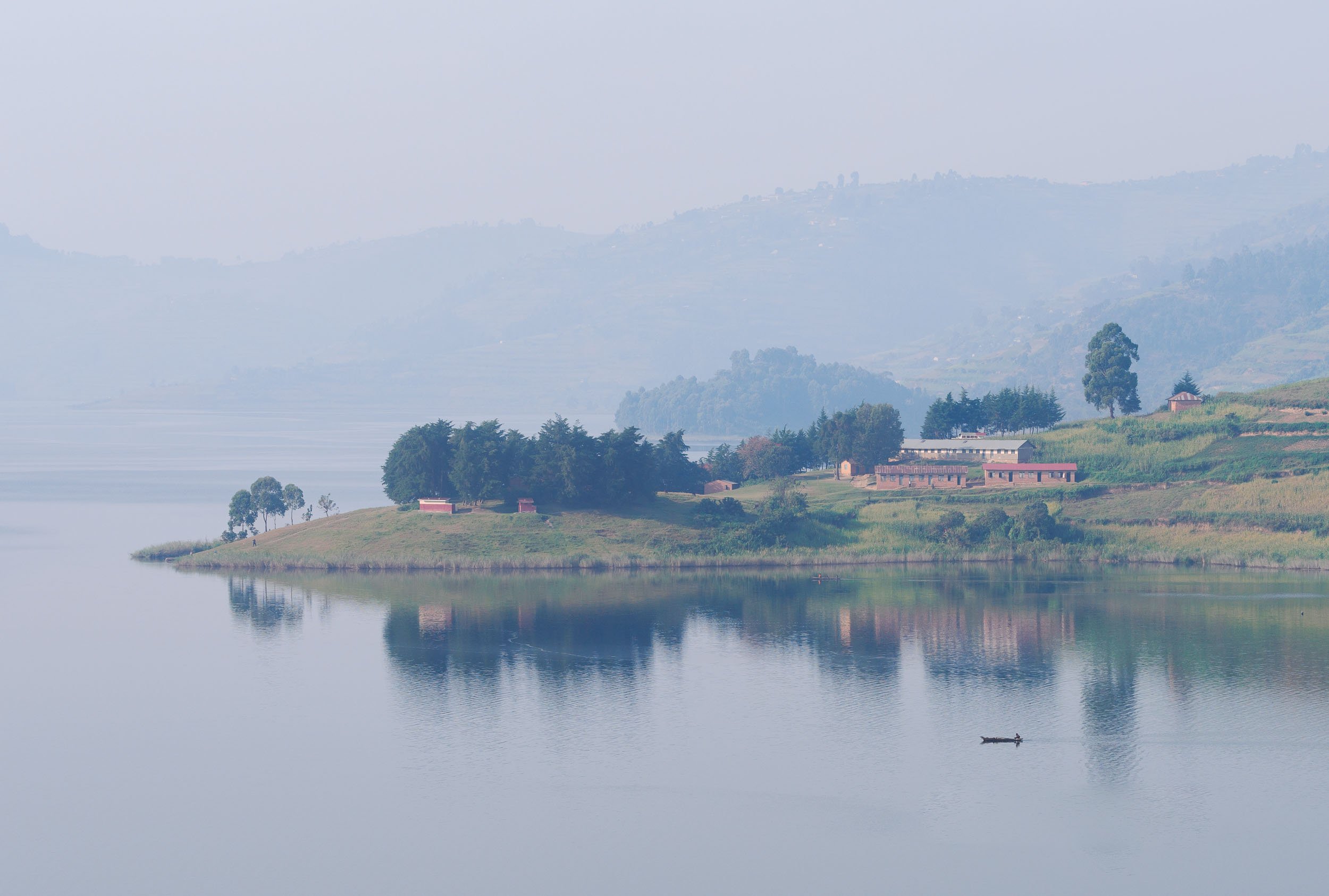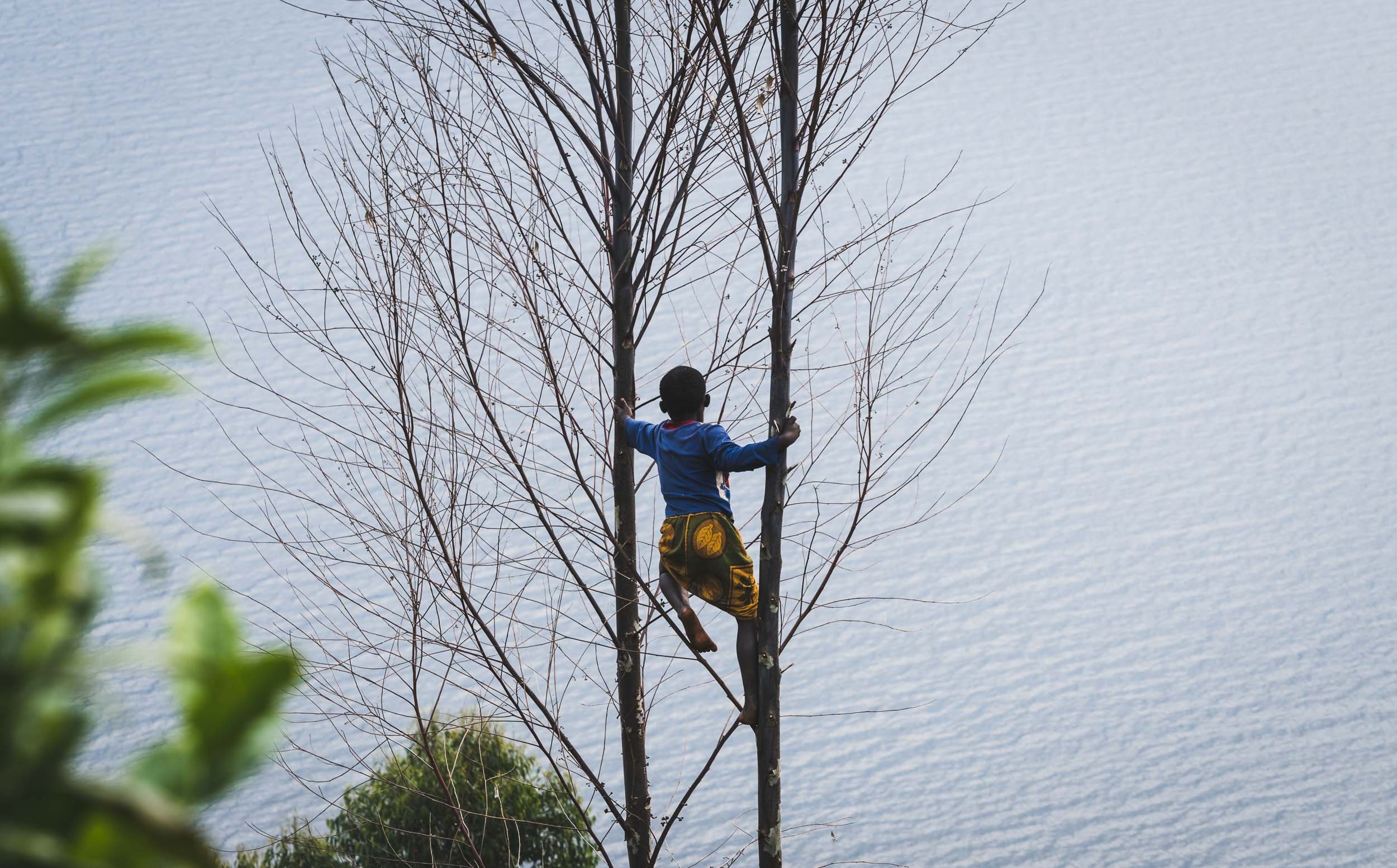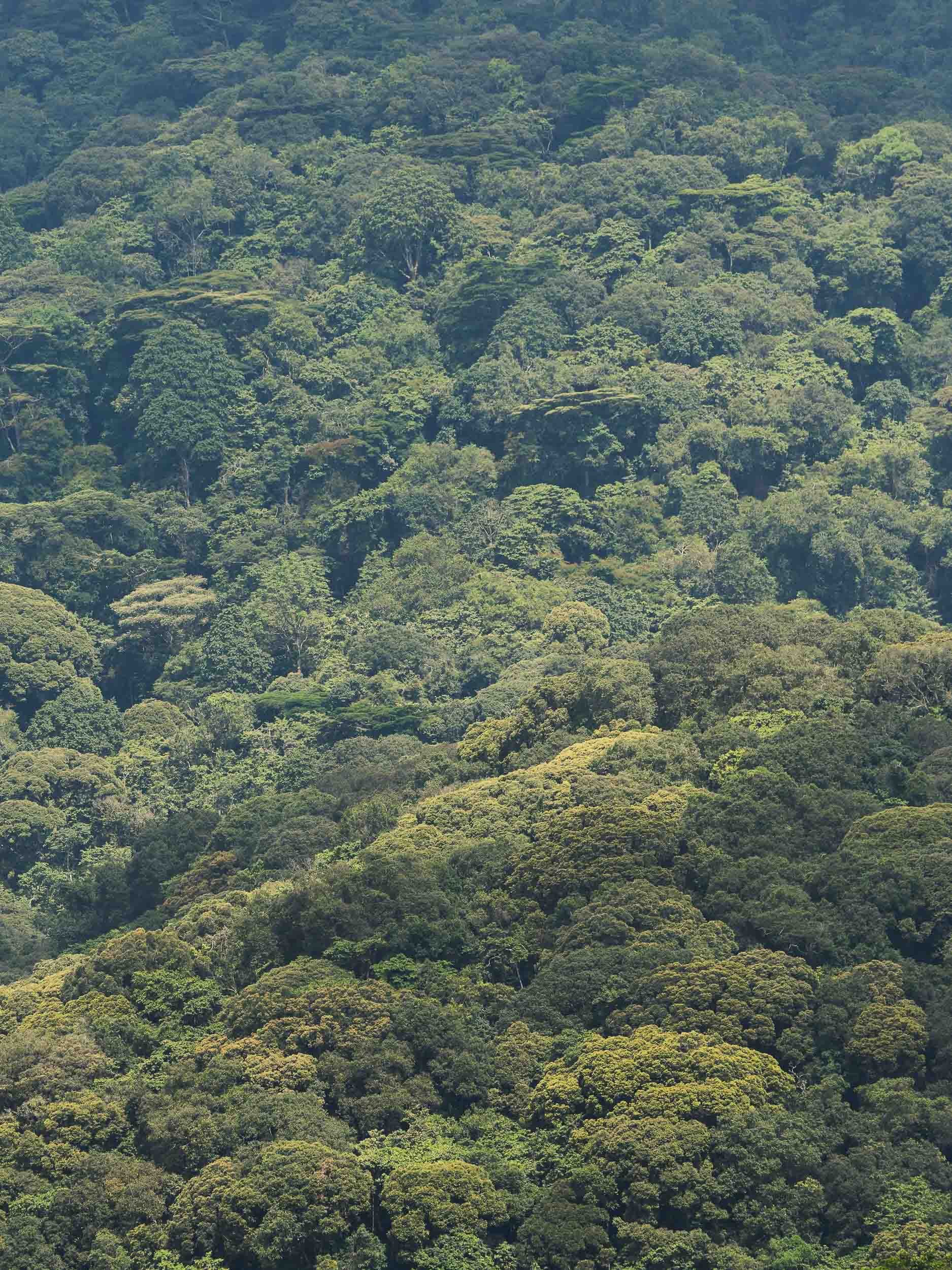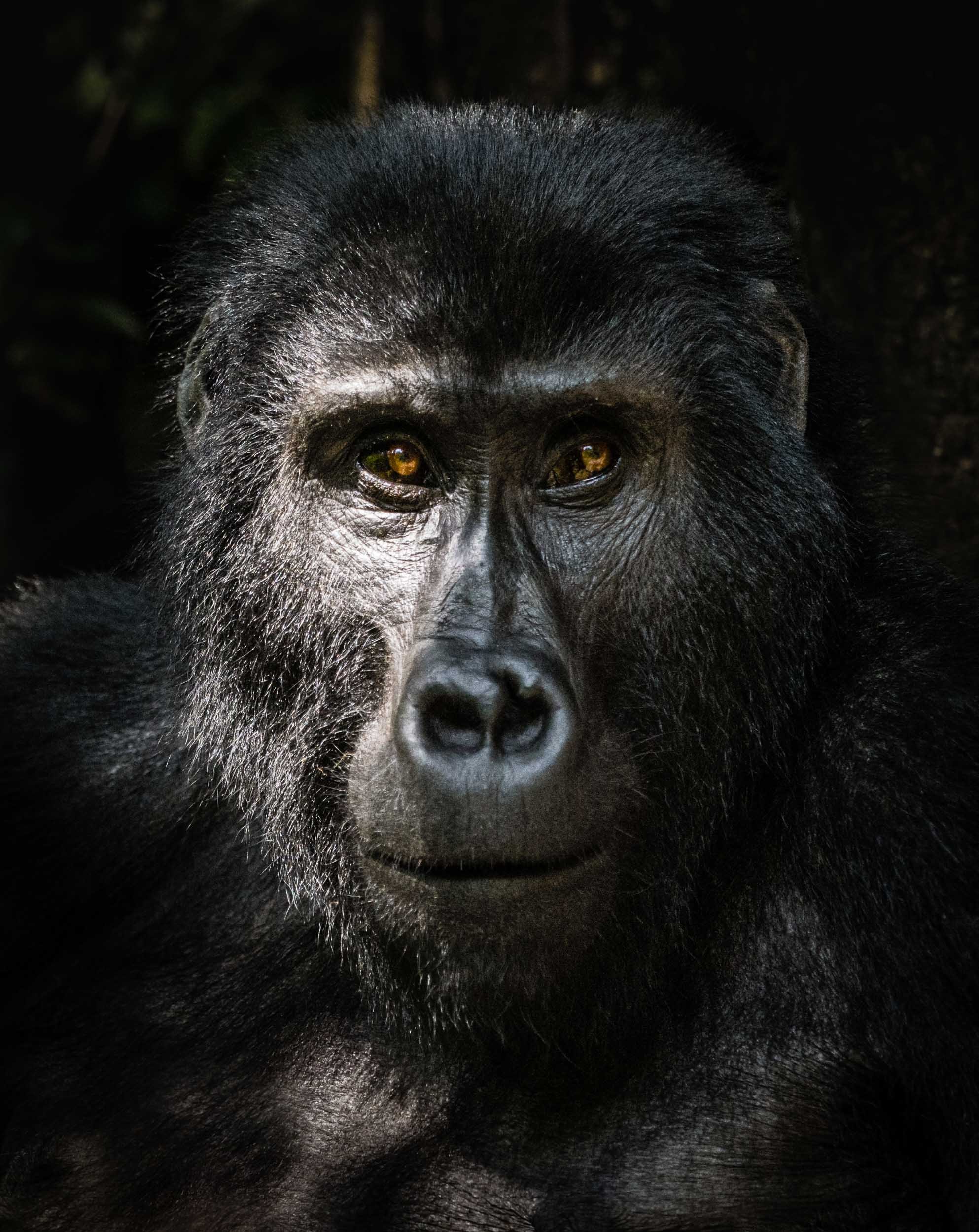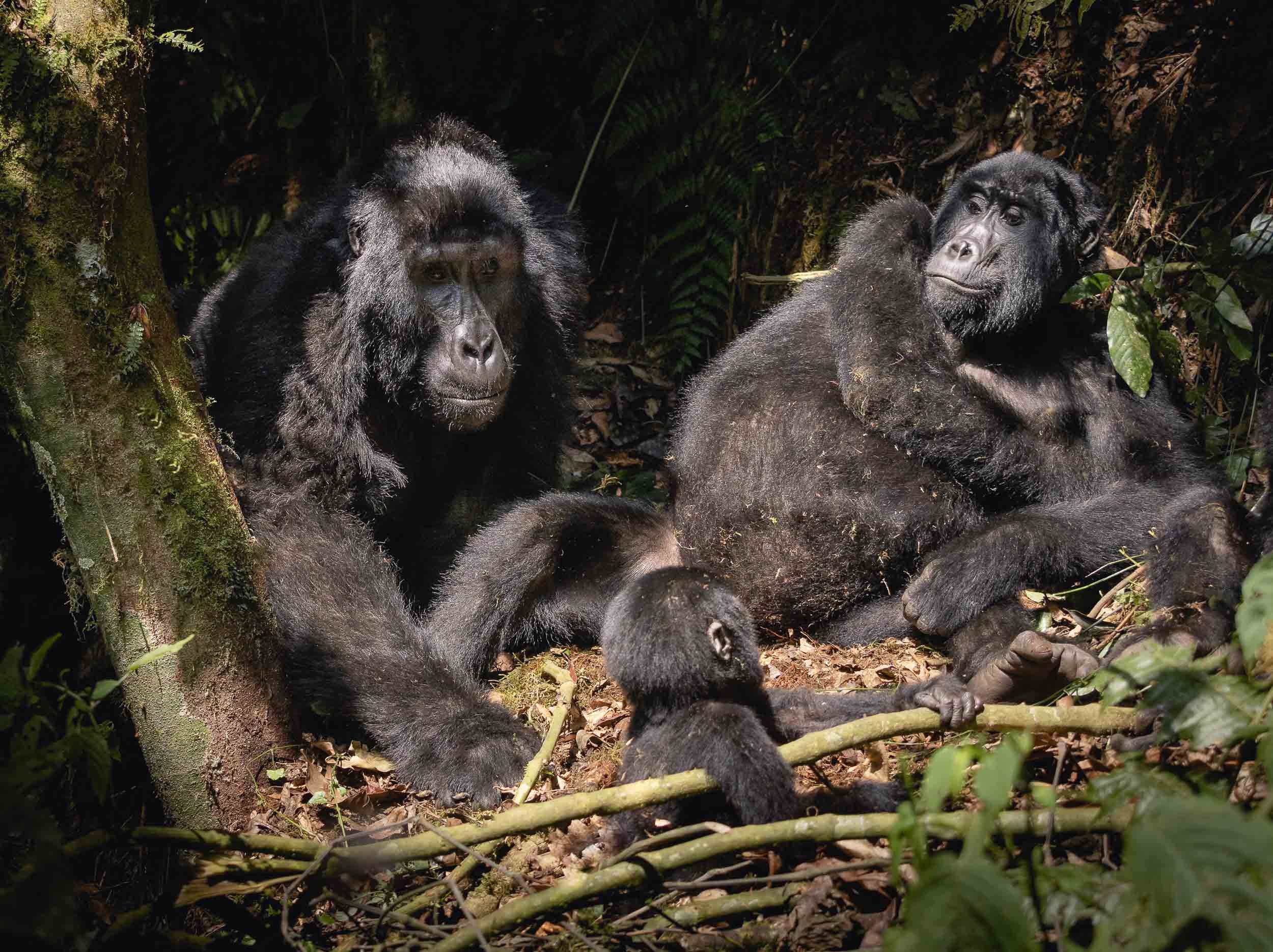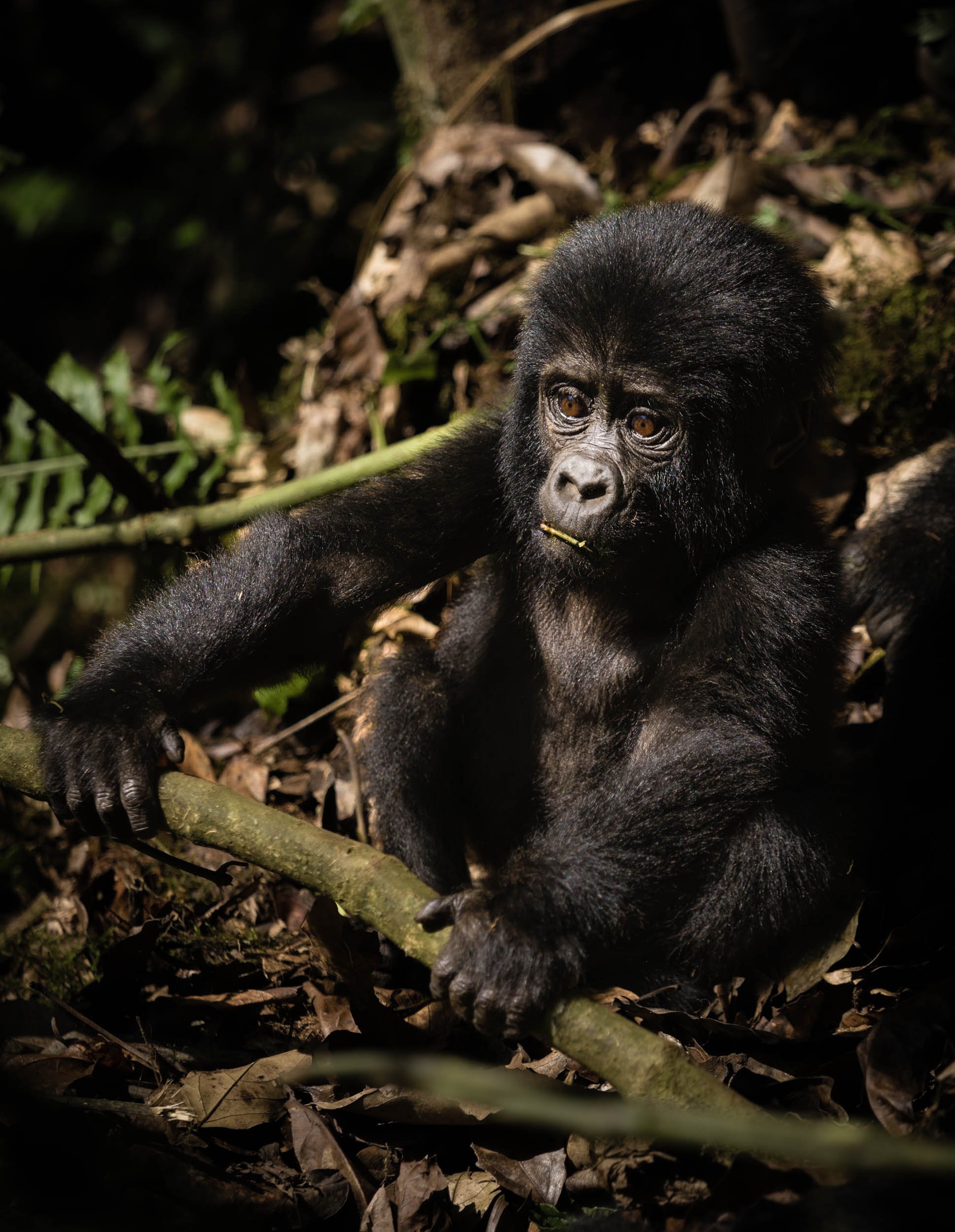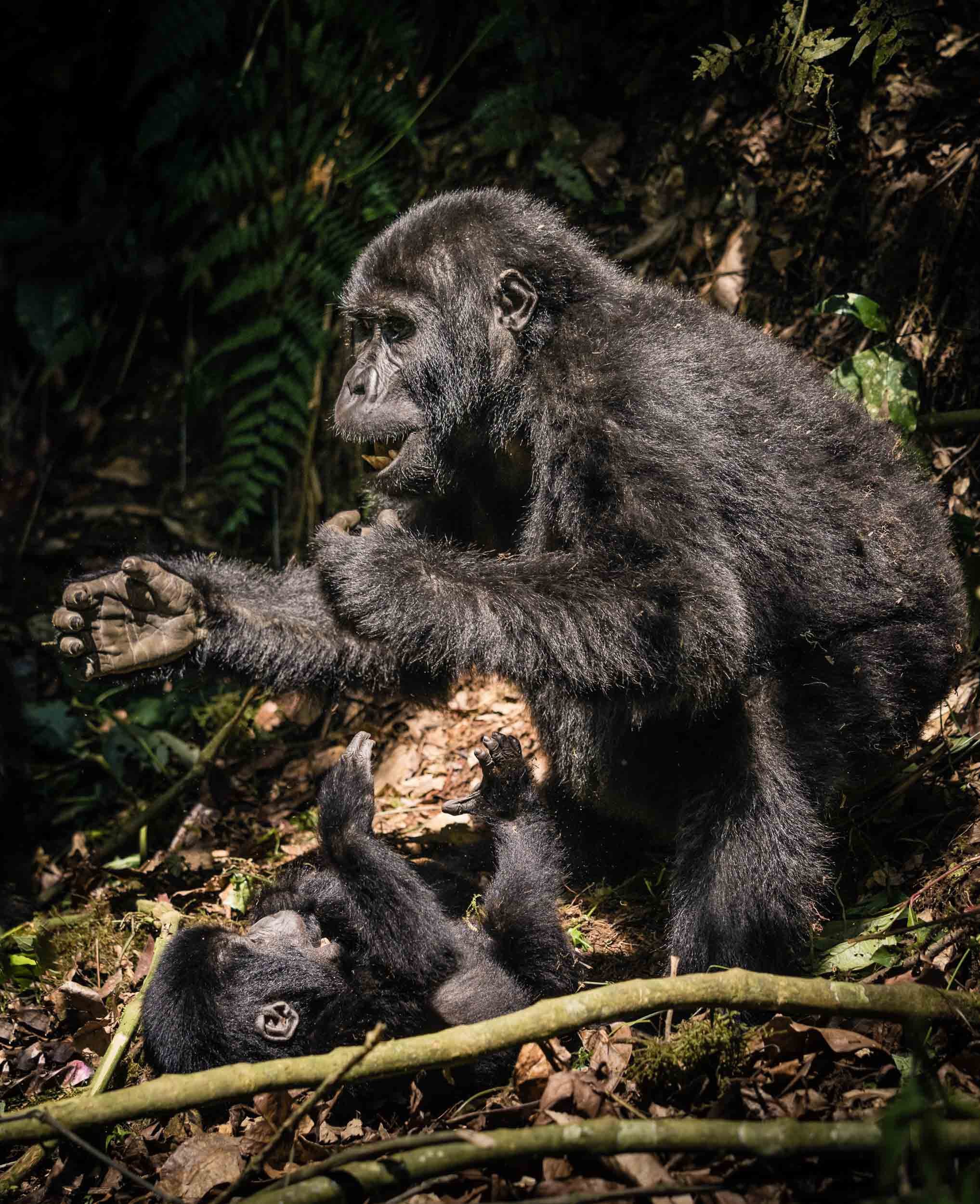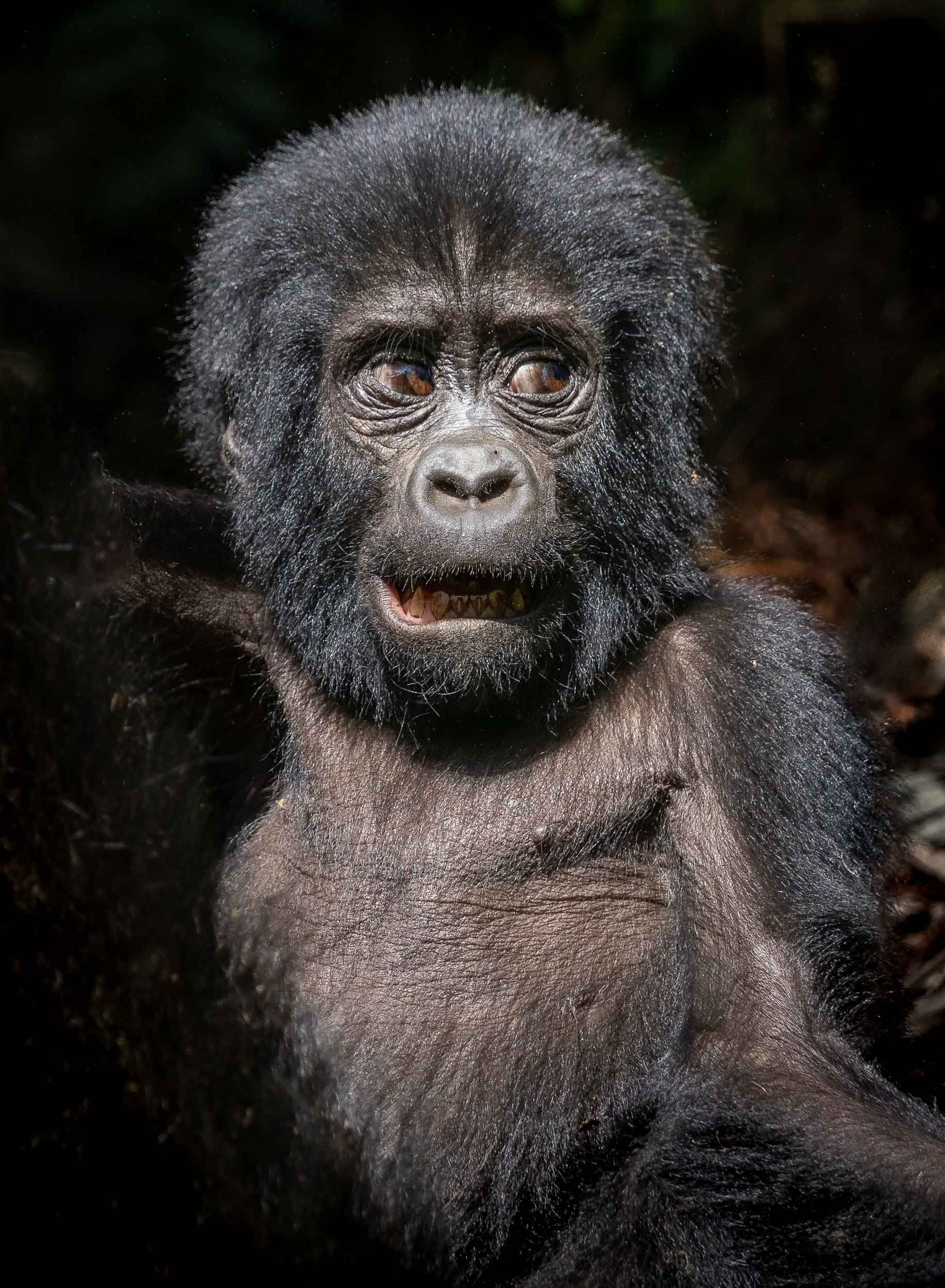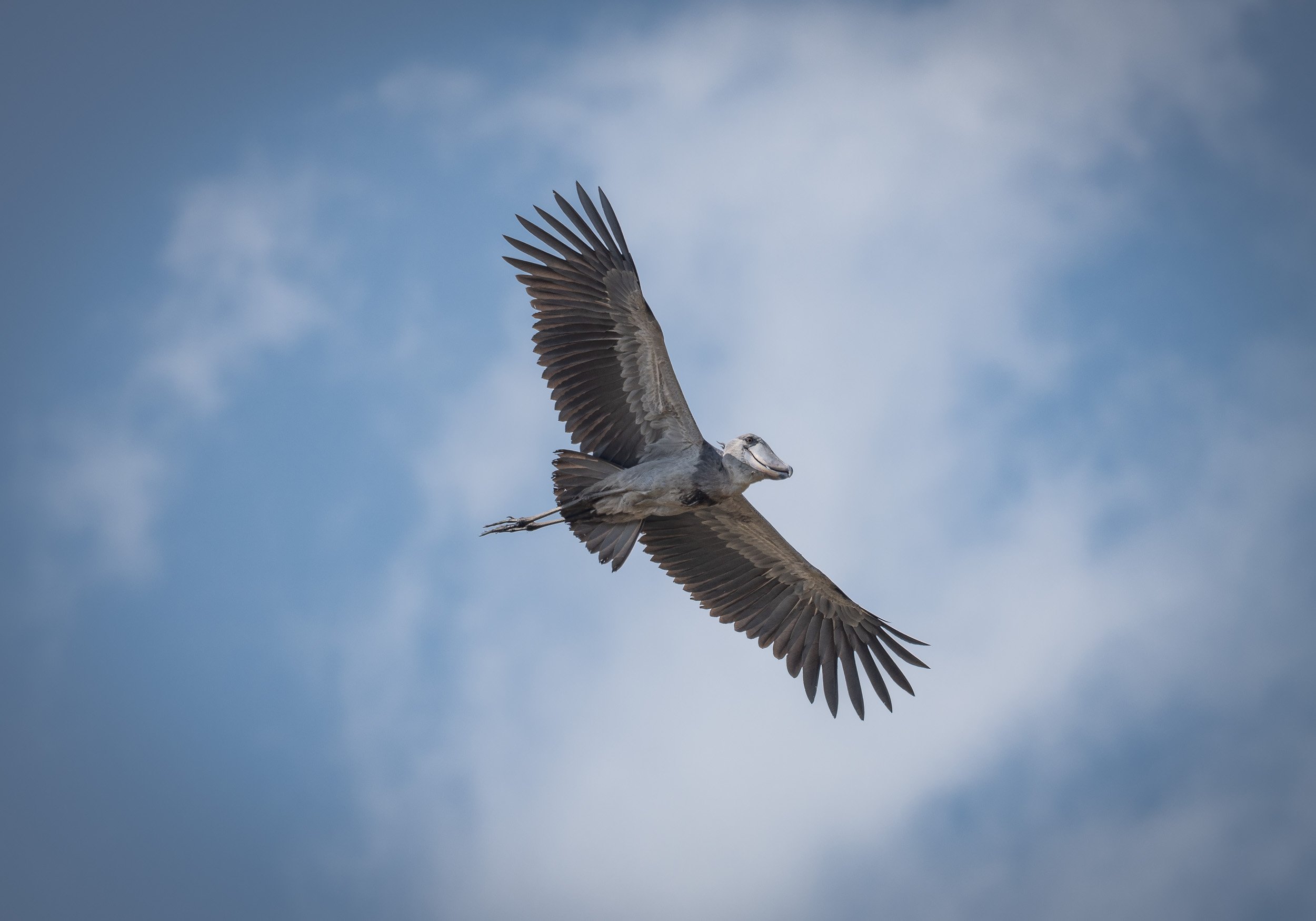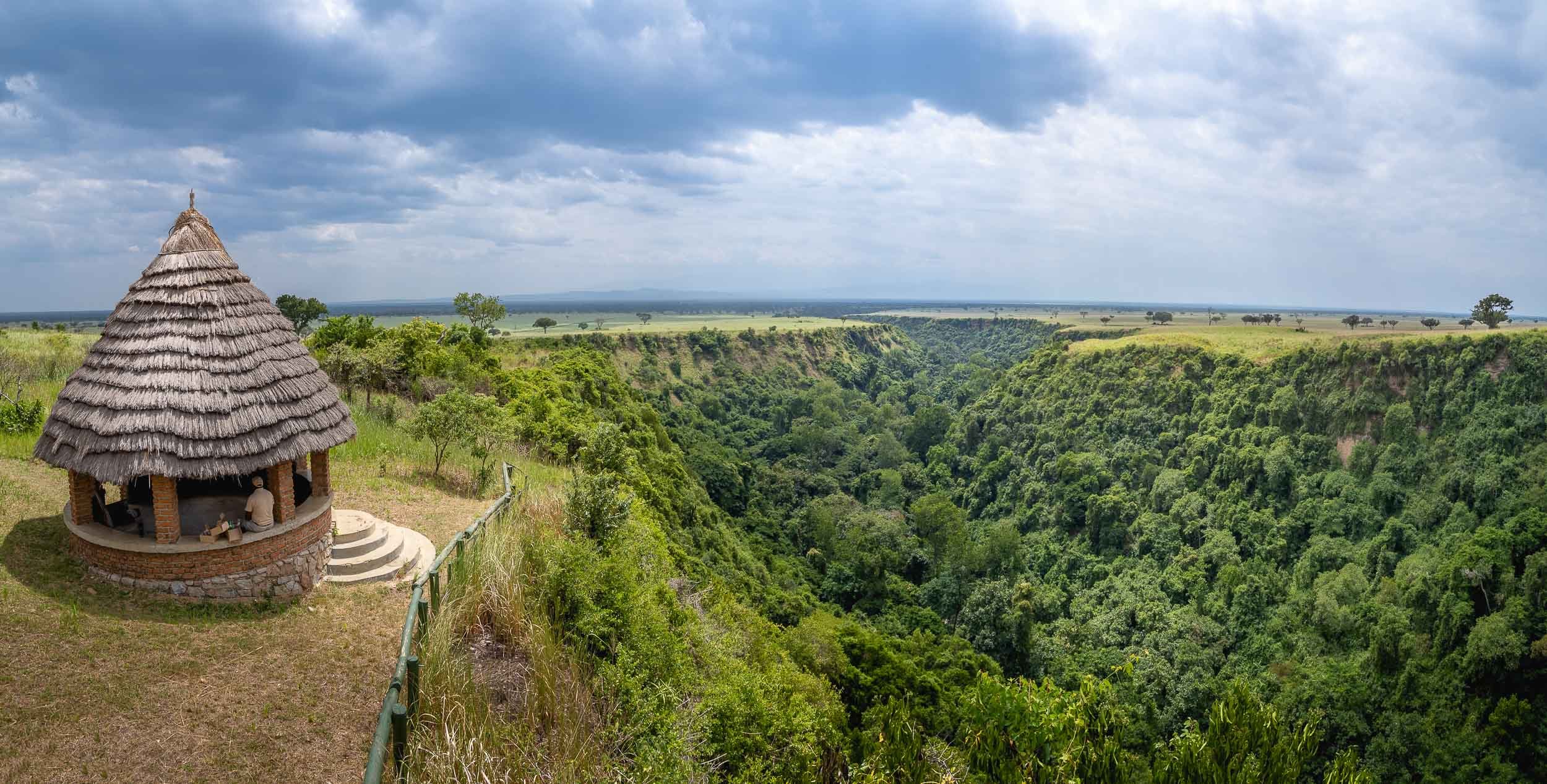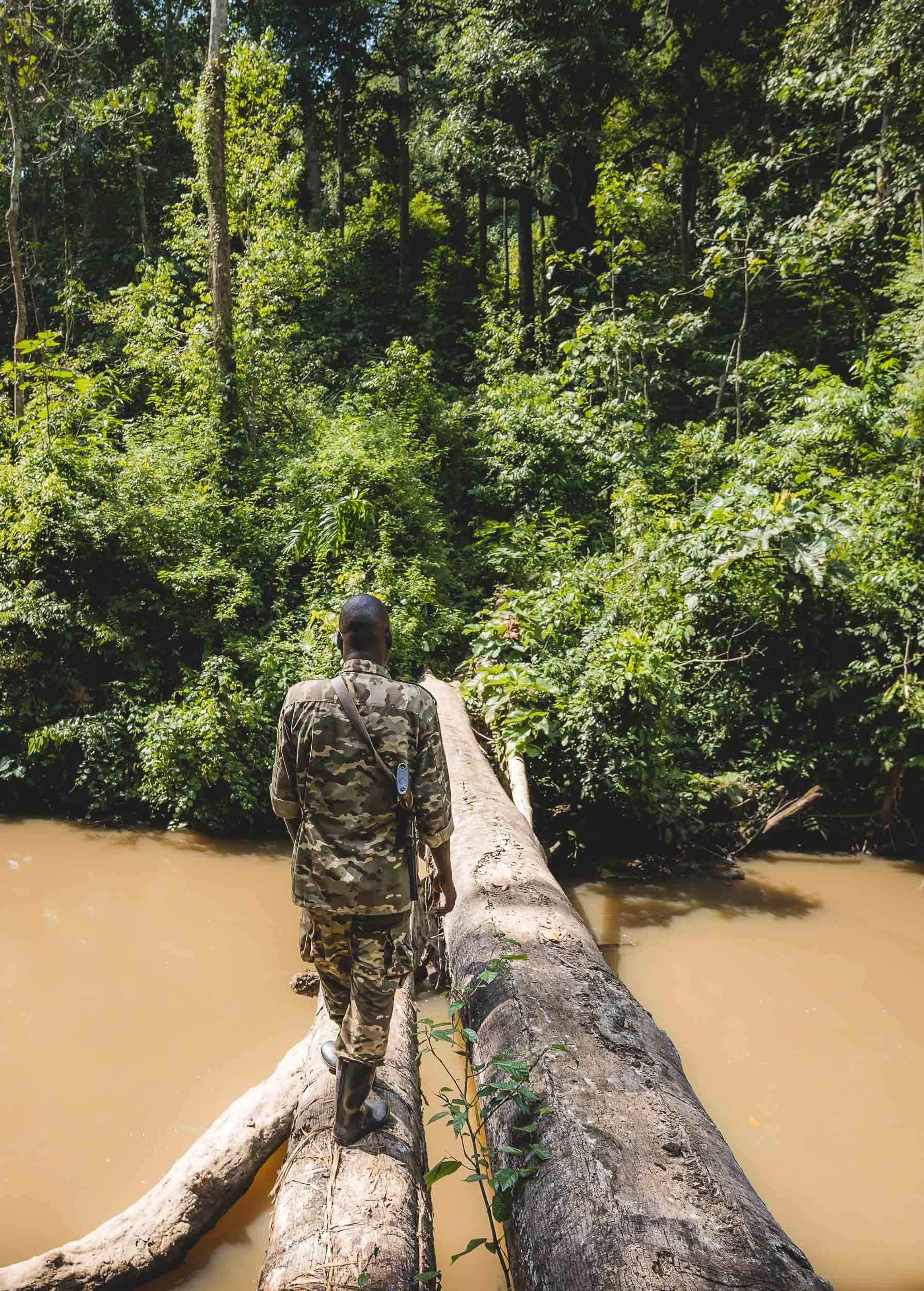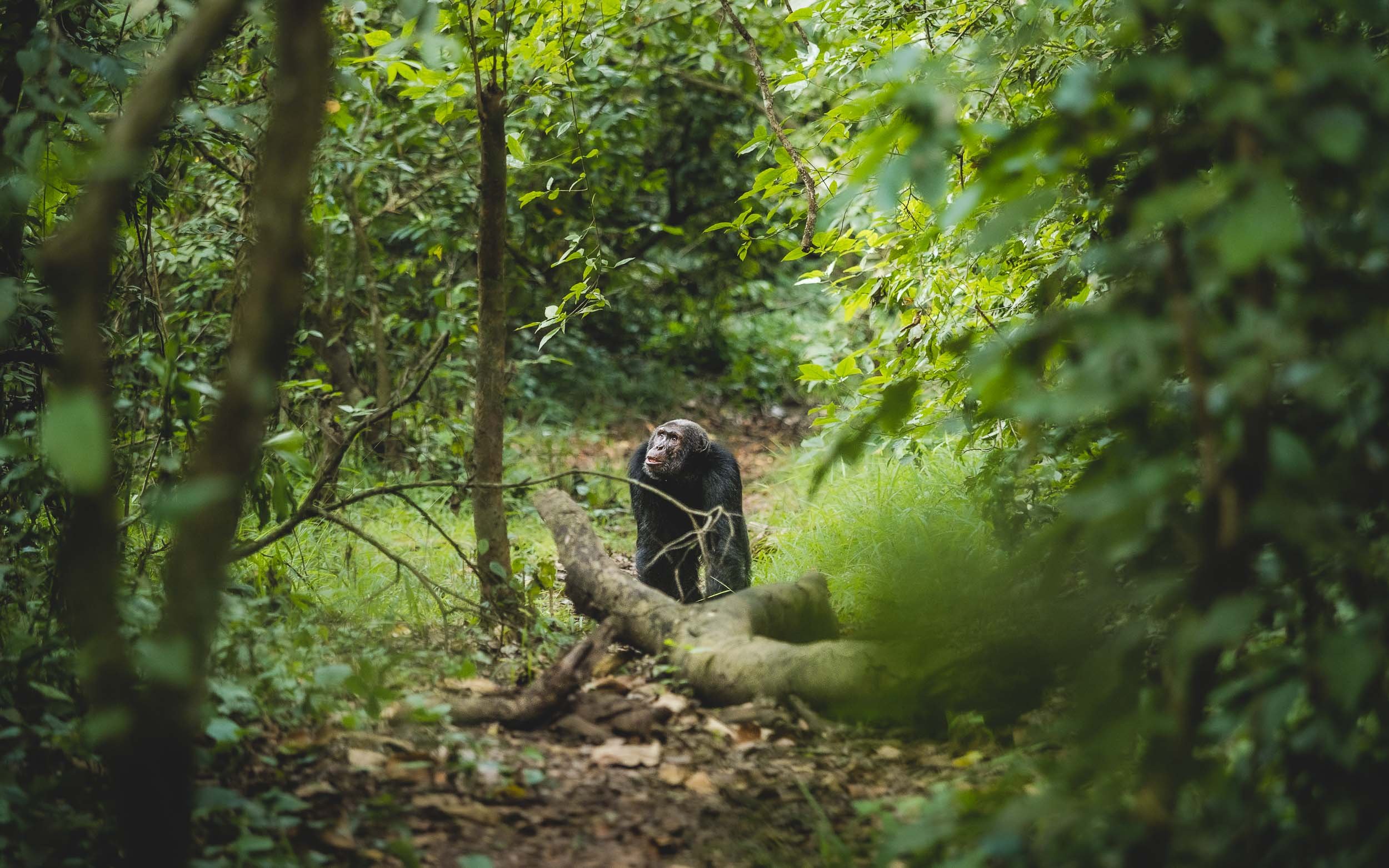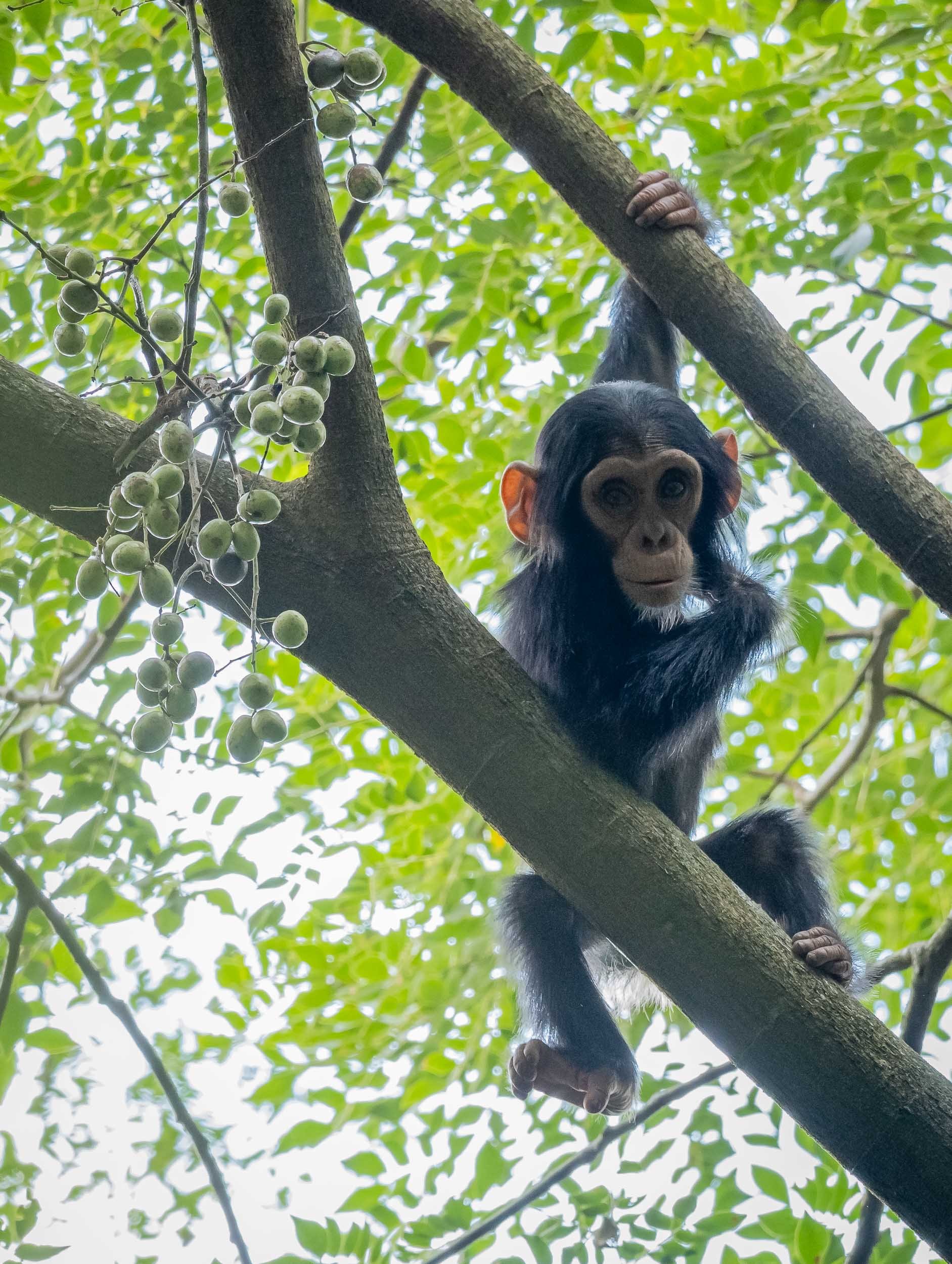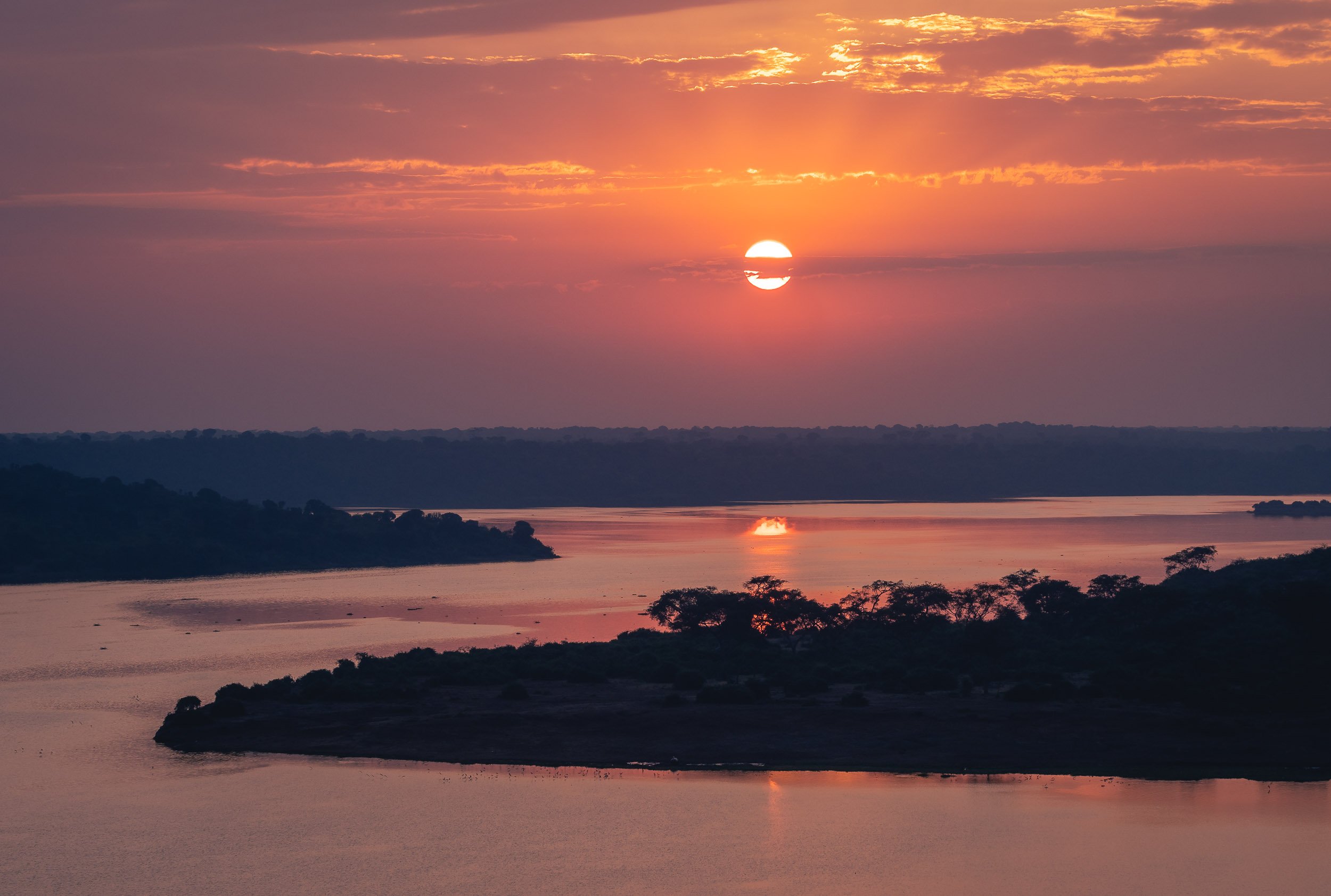Uganda - From Lakes to Apes
The Republic of Uganda was another East African country on my journey, and it had beautiful lakes, rural villages, savannah landscapes, and a forest that deserved its name on the agenda.
Entebbe and Lake Victoria
I started my trip from Entebbe, a small city south of the country’s capital Kampala, and home to its only international airport (famous for the 1976 hostage situation), but also place of residence and office for the president. Our first mission was to visit Mabamba Swamp on Lake Victoria, to find what they call the “holy grail of birding”: The endangered Shoebill.
Alas, it was not a successful trip beyond a very brief glimpse, but the area was still beautiful and it turns out this would not be the last chance to see this rare animal...
Tarzan’s Home
We also visited Entebbe’s botanical garden, which was started in 1898 and contains both endemic and imported trees, some of them more than 400 years old.
Punishment Island, and 28 more
A long drive from Entebbe through the beautiful landscapes and towns of southern Uganda brought us to Lake Bunyonyi, a 46 sqkm lake very close to the border of Rwanda.
A Flight Above the Lake
Towards the Impenetrable
After two days at Lake Bunyonyi, it was time to head further west, approaching the border of the Congo. On route, we passed some of Uganda’s beautiful mountainous areas, dominated by farmland and small rural villages.
Our goal was a different one though, bordering the farm land. The Bwindi Impenetrable Forest, and its corresponding National Park. One of the most biologically diverse areas on earth, it is World Heritage Site that truly deserves its name, as I would later find out.
Parts of the forest are accessible - with a guide - through very basic hiking paths, and lead to some beautiful waterfalls, small rivers, and diverse flora and fauna.
The Greatest of the Great Apes
However, the real attraction of the Bwindi Impenetrable forest lies in something much less accessible, and it’s for a reason the meaning of the forest’s name in the local language is “a place full of darkness” . An armed ranger, a guide, and the stamina and shoes to survive several hours of trekking in the thick cover of plants and over muddy ground, climbing slippery and steep slopes, and wading through many small rivers, are all requirements to find the reason most people come here: The Mountain Gorillas.
There are only just over 1000 individuals left on earth, living in two populations. One of them makes up about half of the entire species and lives in this forest, broken down into around 50 families. Only 21 of them are habituated, i.e. used to human presence, and can be visited. The one I trekked was the Oruzogo family made up of 17 individuals, led by the dominant silverback Bakwate.
Seeing these rare and endangered animals in the wild, and observing their gentle and social behavior for an hour (this is the maximum amount of time you can stay with them) from just a few meters away is an experience that is hard to describe in words or photos.
From Tree Climbing Lions to Gorge Climbing Chimpanzees
Leaving Bwindi with a sad eye, I made my way northwards to the Queen Elizabeth National Park and the Kazinga Channel.
We encountered these young lions in a tree, where they spent the afternoon being lazy. Tree climbing lions are not common, but Queen Elizabeth National Park in Uganda is famous for them. They usually move up for a better view, shade, and to escape insects.
The Infamous Shoebill
Remember the quest for this elusive bird? Well, after an unsuccessful try in the swamps, the park came through for us. It is home to several of them, and one individual put on a show, even circling above our heads, which is quite rare as these birds are very large and heavy - up to 1.5m in size, weighing 7 kg - and rarely fly long distances. Their peculiar look and the large beak make them appear almost prehistoric - a modern dinosaur!
A Cruise on the Channel
Great Apes - The Second Round
The park is also home to another Great Ape species which can be tracked and observed closely in the wild: Chimpanzees. The location is equally as spectacular as the Bwindi Forest: The Kyambura Gorge.
While they are both part of the Great Ape family, Chimpanzee observation feels very different from trekking and observing Mountain Gorillas. It’s a very distinct experience that I’m glad I didn’t miss.






